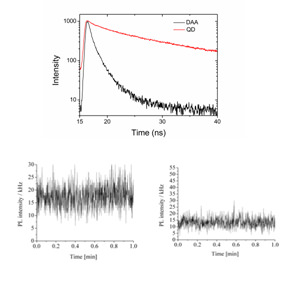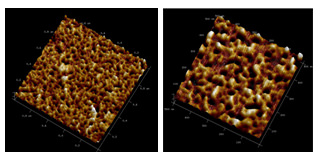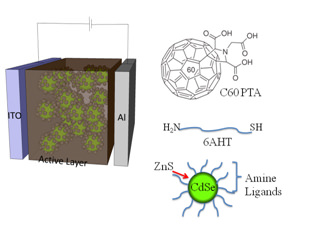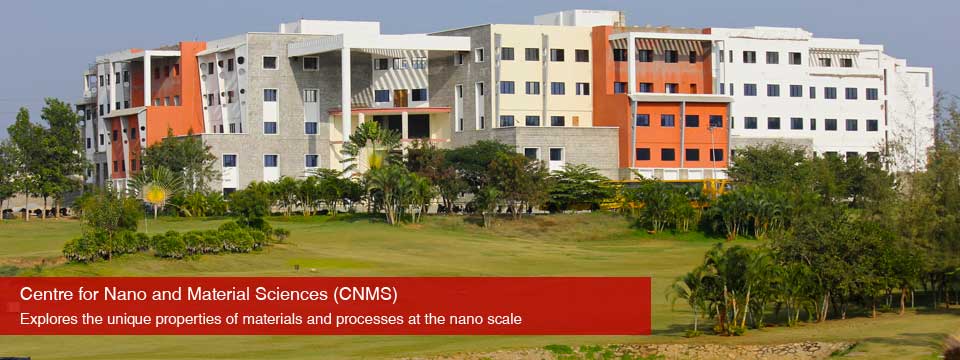Light - Harvesting Antenna System for Molecular Electronics
Molecularelectronics based on donor-acceptor antenna (DAA) system have emerged as excellent candidates for promising applications in next-generation electronic and optoelectronic devices. Among the various types of molecular electronic based devices, organic electronic devices fabricated utilizing organic donor-bridge-acceptor (DBA)supramolecules have currently been receiving broad attention because of their excellent performance with high mechanical flexibility, simple fabrication and low cost. We construct molecular scale electronic device based on DAA system composed of an electron donating QD's and electron accepting C60coupled via an aminoalkanethiol bridge. The device fabrication and electrical characteristics of DAA system are currently under investigation.

|
Figure 1. Left: Cartoon depicting a donor-acceptor antenna (DAA) system based on a core/shell CdSe/ZnS QD525 and a fullerene (C60pyrrolidinetris-acid, C60PTA), here Qd-6AHT-C60 PTA. QD and C60 PTA are not drawn to scale. Right: UV/Vis spectrum of DAA film (black), C60 PTA (red), QD525 (green) and PL spectra (dashed lines) of Qd525 (green) and DAA film (black). |
 |
Figure 2.Top: Single-molecule PL decays of QD525 (red), and DAA film (red) exhibiting average PL lifetimes of 11.7 ns and 1.16 ns, respectively. Bottom: Single-molecule trajectories of the PL intensity fromQD525 (left), and DAA film (right). |
 |
Figure 3.Tapping mode AFM image of DAA film coated onto an ITO-coated glass substrate. Left: 1μm x 1μm scan size, and right: 500 nm x 500 nm scan size. |
 |
Figure 4.Left: Design of the sandwich-type device, in which the photoactive layer (DAA film) is sandwiched between APTMS-modified ITO and AlSiCu-based ground electrode. Right: structure of C60 PTA, aminoalkanethiol linker (6AHT) and CdSe/ZnS QD. Drawing of QD and C60 PTA is not to scale. |
Our interests include,
|



